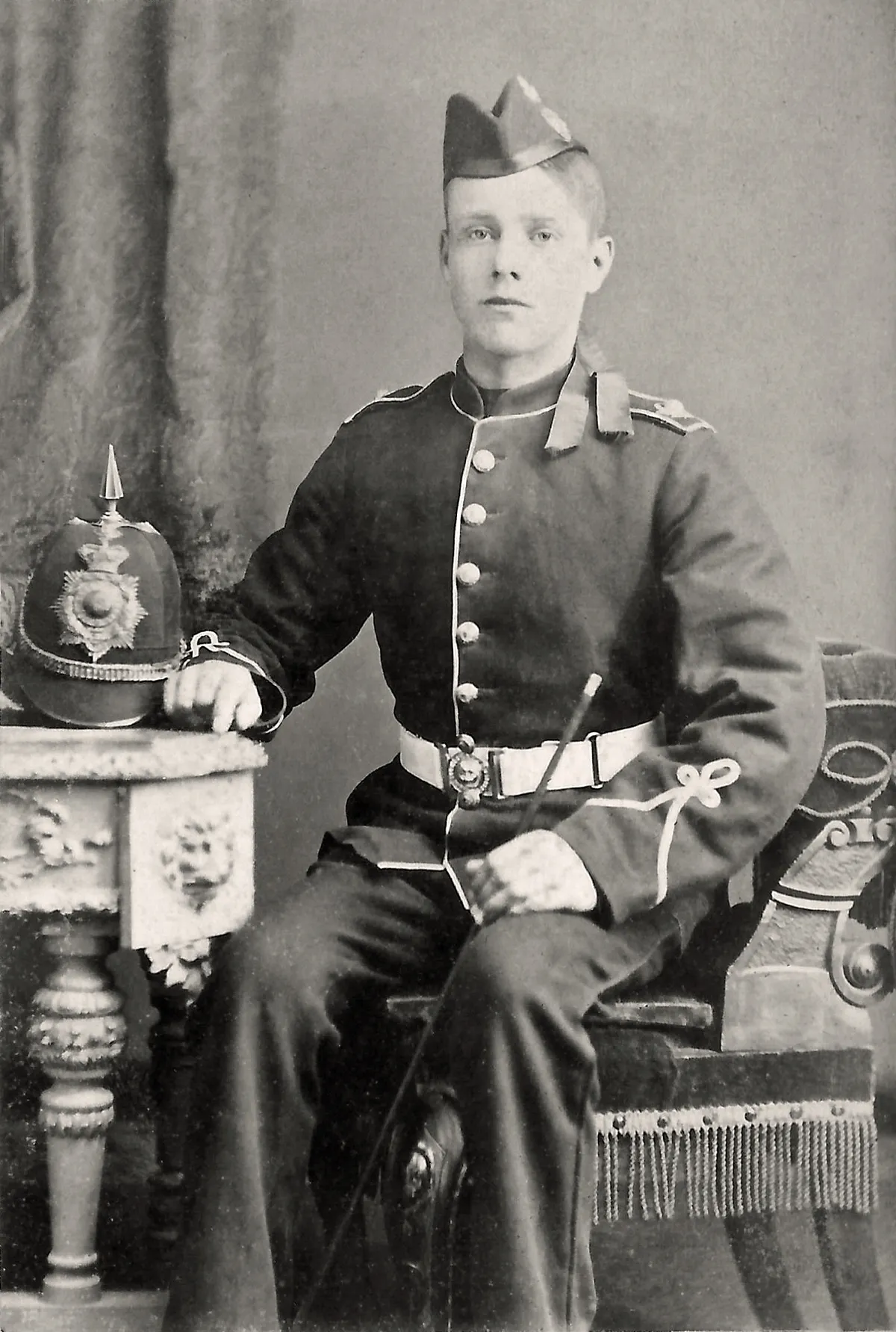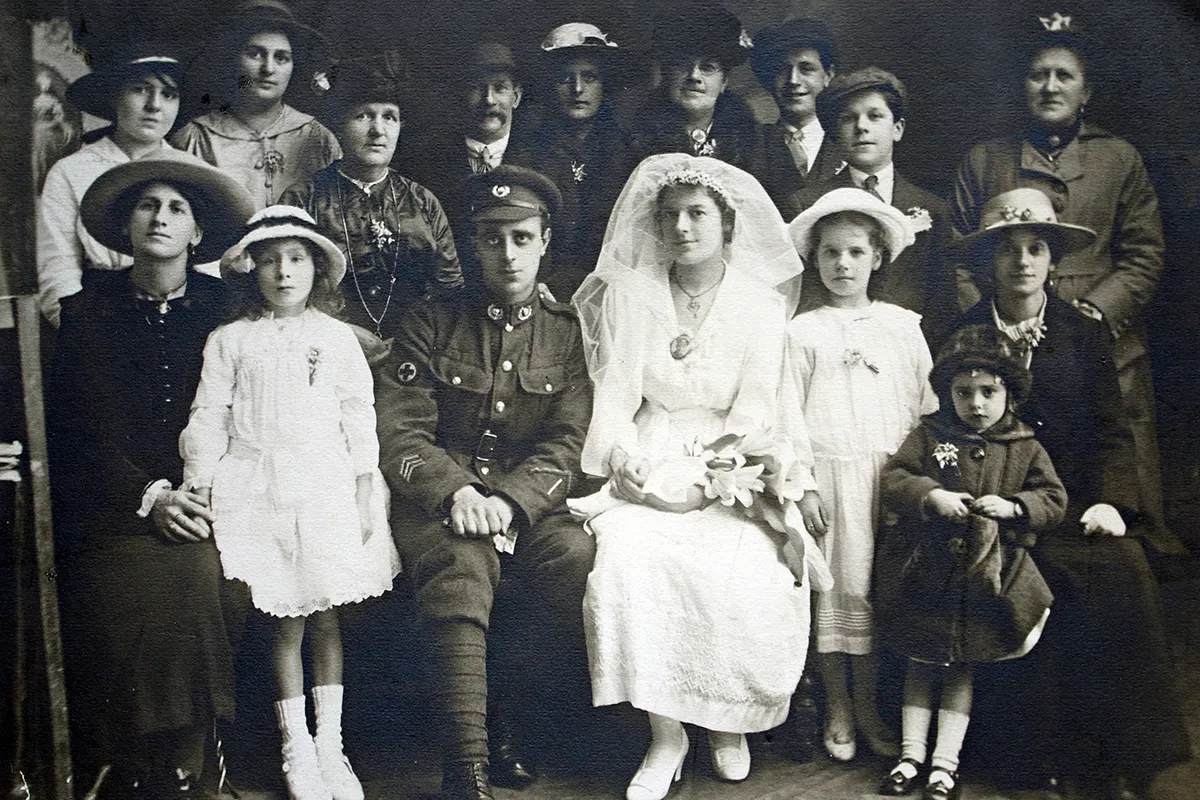Who are the Royal Marines?
The official motto of the Royal Marines is per mare per terram – “by sea by land”. It’s a good description of what they do, and suggests that nothing is an obstacle to them.
The Royal Marines began in the 17th century as soldiers based on Royal Navy ships, and they have continued this seagoing role ever since. But they can also be deployed to the land as an assault force, and this has led to some of the Royal Marines’ most famous actions. For example, in 1704 marines landed from their ships at Gibraltar and played a decisive role in capturing it from Spain.
By the middle of the 19th century there were two types of marine. The Royal Marines Light Infantry (RMLI) were called the ‘red marines’ because of the colour of their uniforms, and the Royal Marines Artillery (RMA) were the ‘blue marines’. They served alongside each other, and in genealogical terms their Royal Marines records are archived together.
The men of RMLI were far more numerous, and formed the bulk of those serving aboard ship. An important role was to help naval officers to maintain discipline. They guarded the ship, the captain’s cabin and the ship’s munitions stores, and acted as a formal armed escort when disciplinary measures such as floggings or courts martial were required. In wartime, RMLI Royal Marines were sharpshooters in the rigging or on deck who picked off enemy men with a firearm, constituted boarding parties, and could be deployed as infantry onto land if required. The RMA, however, were mainly experts in gunnery and explosives. In practice, RMLI and RMA’s roles at sea overlapped, and in 1923 the two services were merged to form what is now called the Royal Marines.
Marines are famous for their musicians, and the Royal Naval School of Music was created in 1903. It trained musicians for Royal Marine bands, and these men have Royal Marines records like other personnel.

Where to find Royal Marines records
Royal Marines records are extensive and generally complete. They are almost all are kept at The National Archives in Kew (TNA) and are available online, where they are currently free to view. Research guides to the Royal Marines records are available here. Although soldiers, the Royal Marines are part of the Royal Navy and Royal Marines records are kept with naval records. However, Royal Marines’ officer ranks are the same as in the Army: lieutenant, captain, major, colonel and so forth. These commissioned officers’ Royal Marines records are kept separate from the rank-and-file marines such as privates, gunners, and non-commissioned officers like corporals and sergeants.
The most important single document you can find for a Royal Marine is his service record. You can search for and download these from TNA’s website for 1842–1925.

How to understand Royal Marines records
Most of the genealogical information is at the top of the Royal Marines record, such as date of birth, next of kin, address, prior occupation, physical description, and date of marriage. The rest of the information is concerned with military placements, promotions, conduct, training, medals, wounds, and the marine’s date of discharge and/or death.
Royal Marines records for non-officers don’t exist before 1842 but you can study attestation forms which date back to 1790. The attestation was a signed oath of allegiance to the Crown, and it asked standard questions about a man’s suitability for service. It was completed when a marine enlisted, and states his age, birthplace, when and where he signed up, previous occupation, and a physical description. It may also have some or all of his service and pension details appended.
Attestation forms are kept in series ADM157 at TNA. They are not available in full online, but each individual record is indexed by name so you can determine whether it’s worth making a trip to TNA to view the original by searching. Royal Marines attestations exist up to 1925, so they may also be valuable if a service record is missing, incomplete, damaged or illegible. Attestation forms have not survived before 1790, but from about 1750 onwards they were summarised in ‘description books’. The entries are less detailed, but may help you find out more about your ancestor. They are in series ADM158, but not available online.

Where to find Royal Marines records for officers
Officers’ Royal Marines records are available to download from TNA for 1793–1925. They contain similar information to non-officers’ Royal Marines records, but are more likely to identify a man’s wife by name. The service records also contain candid assessments of an officer’s ability and conduct. For example, Lieutenant George Morris was described as a “slow learner” and was formally cautioned for breaking into the officer’s mess at Deal, and later for not supervising his men properly. Conversely, Captain William Pryce-Brown was praised for being “an active, zealous officer, possessing tact, judgement and worthy of advancement”.
You can trace the careers of many officers by following them in successive editions of the Navy List, which was published quarterly and dates back to the 18th century. Most subscription family history websites have selected copies, but you can find many editions for free online via sites such as Navy List Research.
Finally, there are limited public details for men who enlisted after 1925. For these individuals, you will need to apply to the Ministry of Defence.
